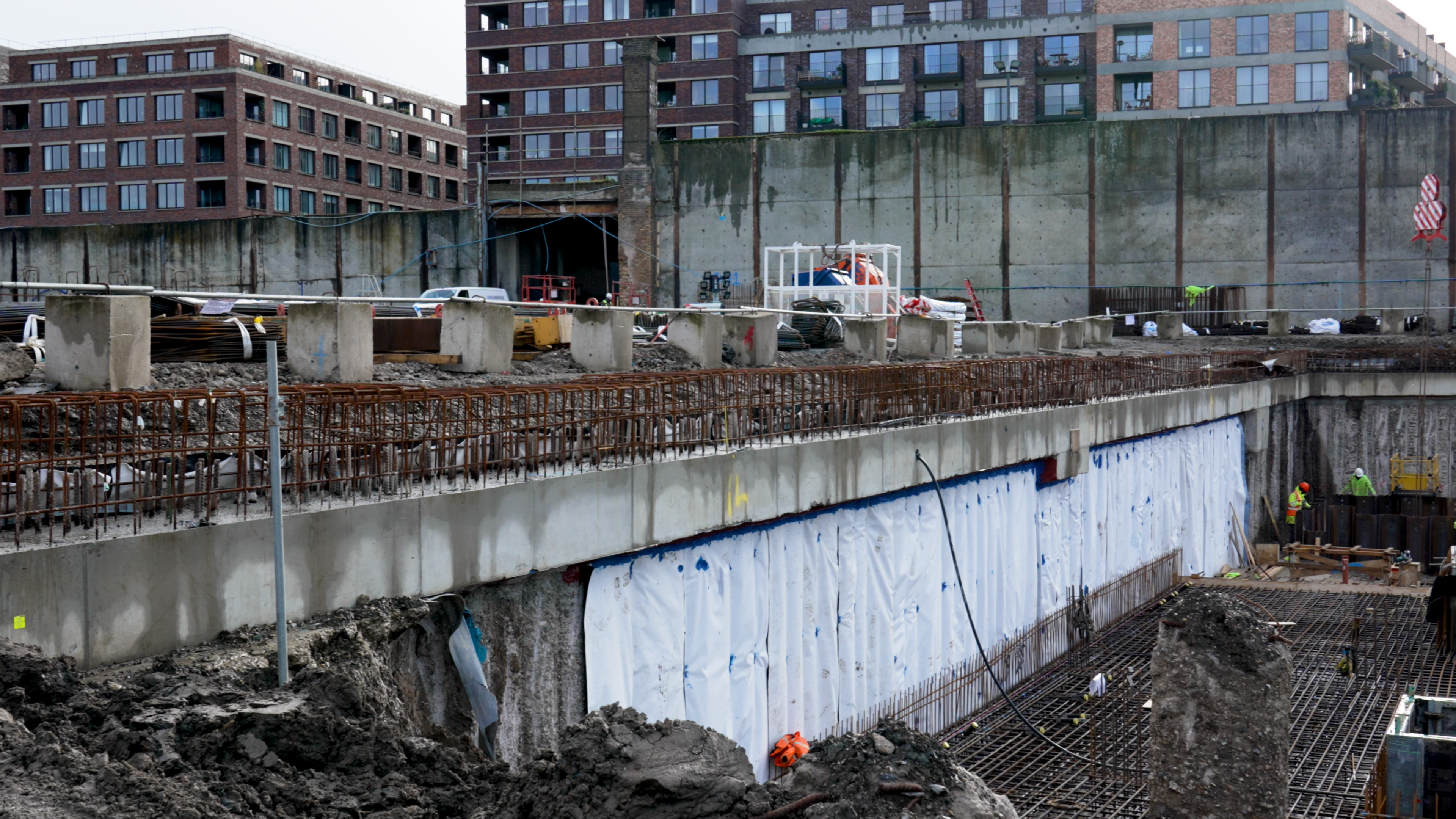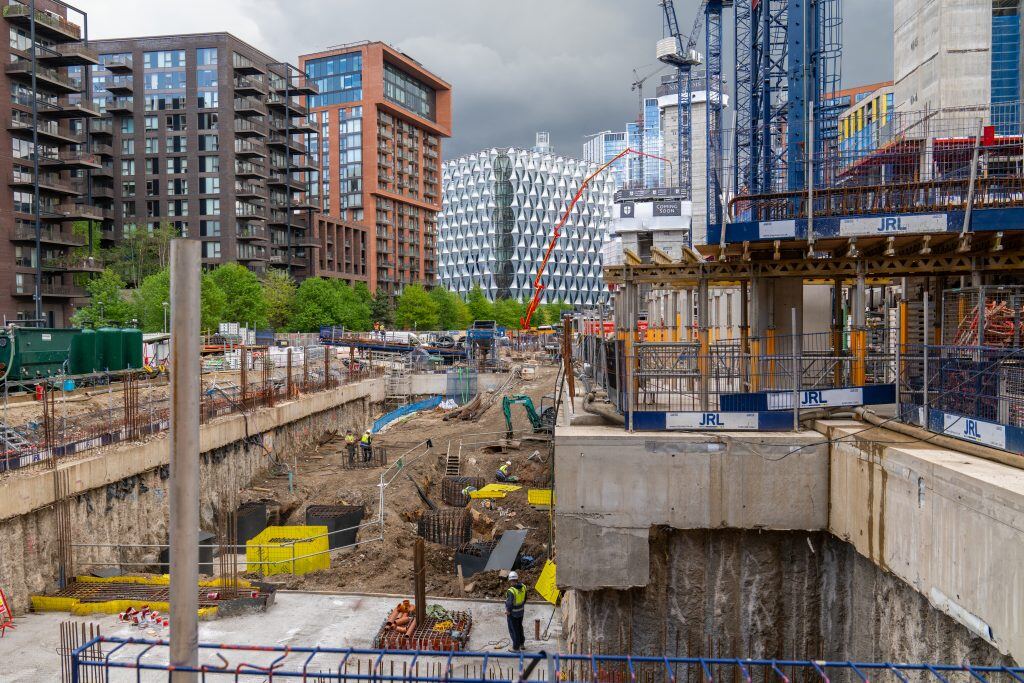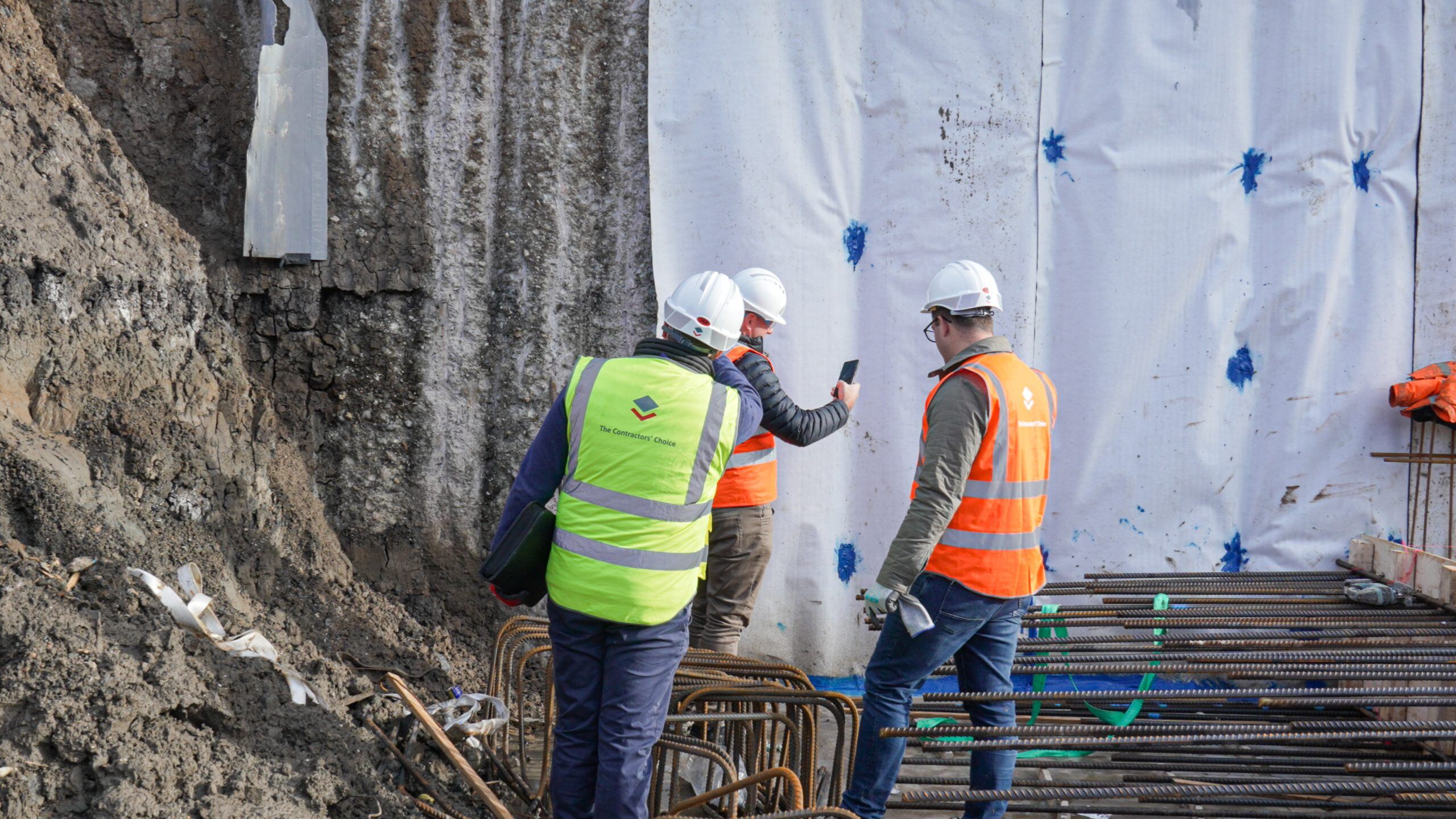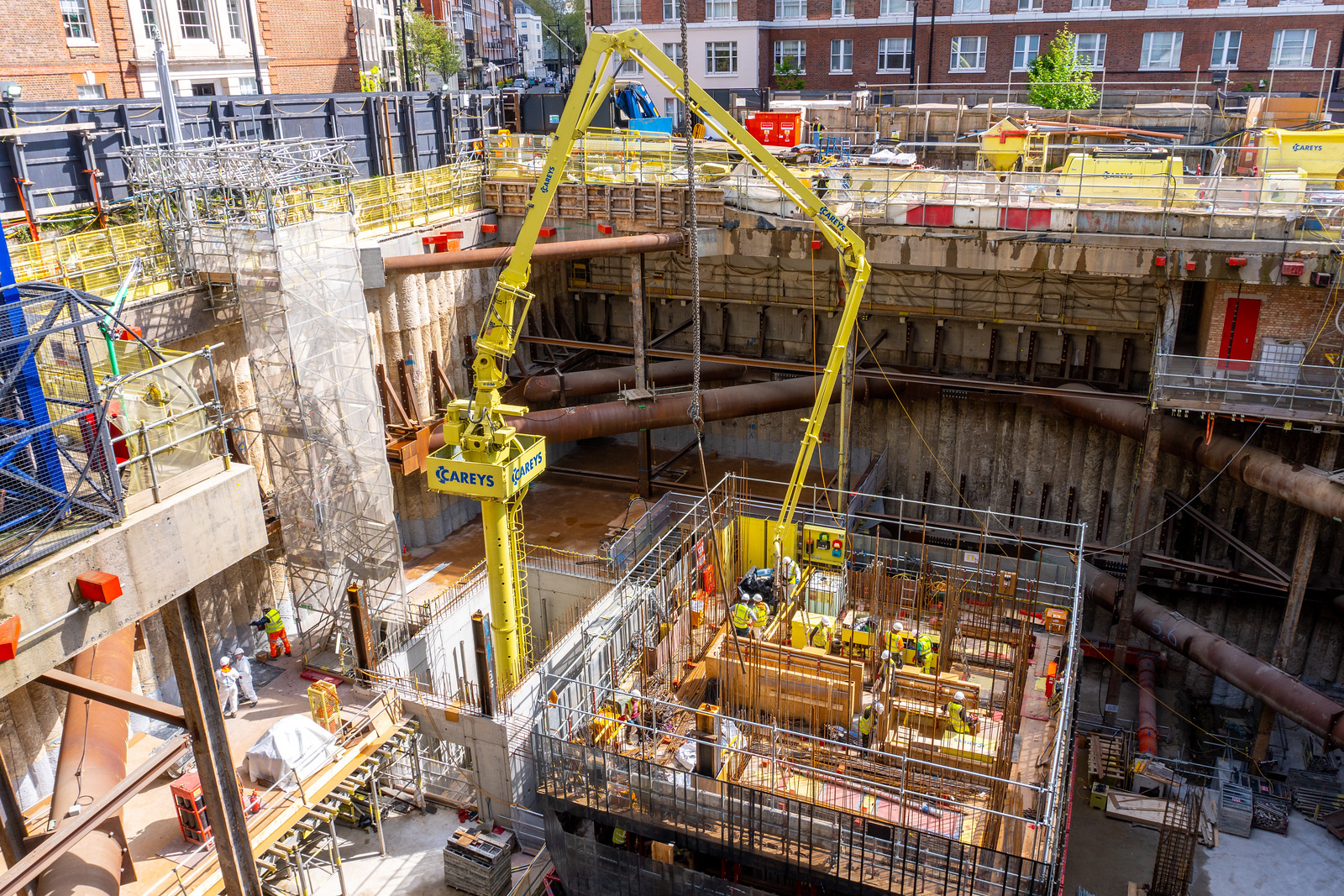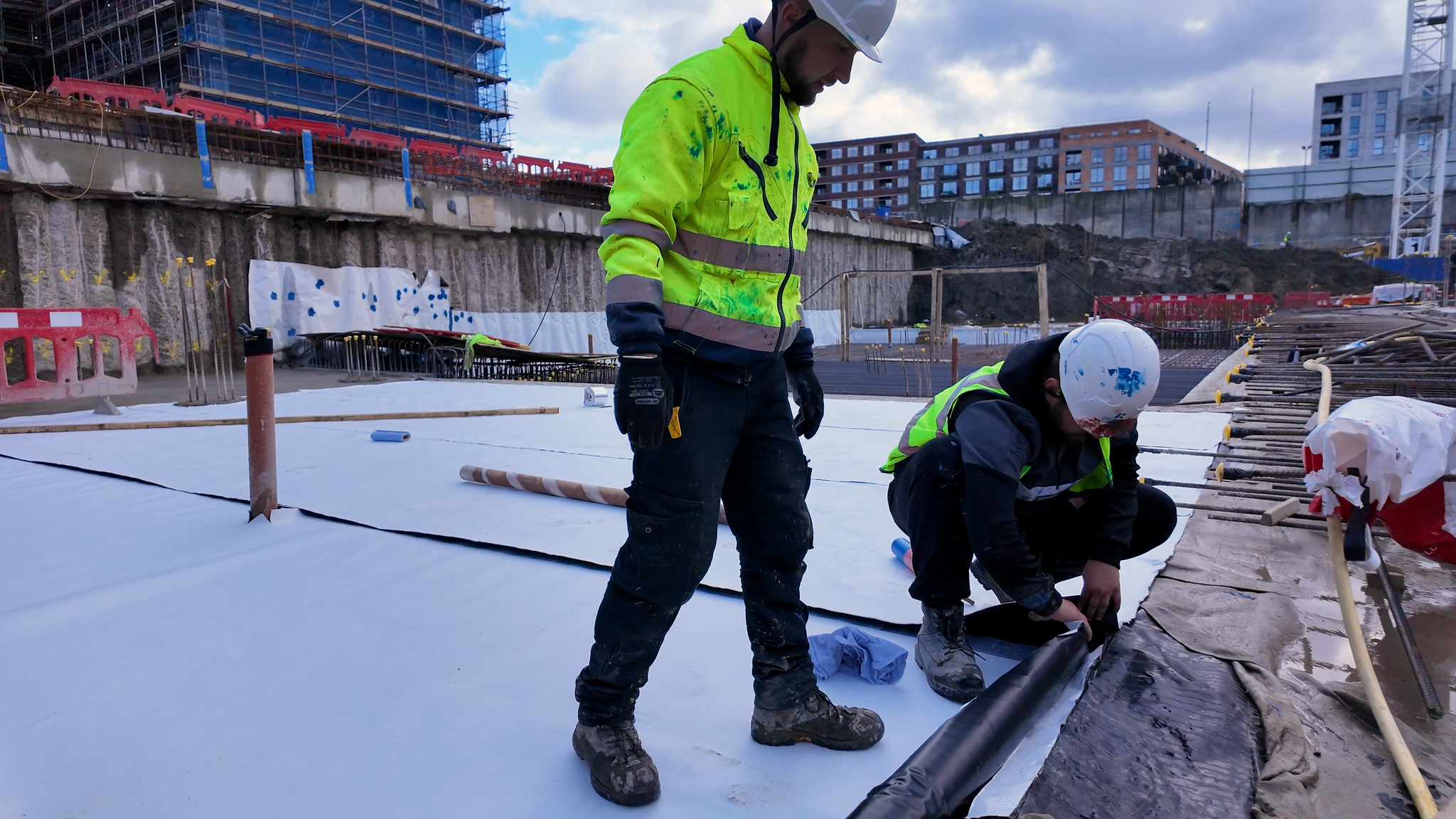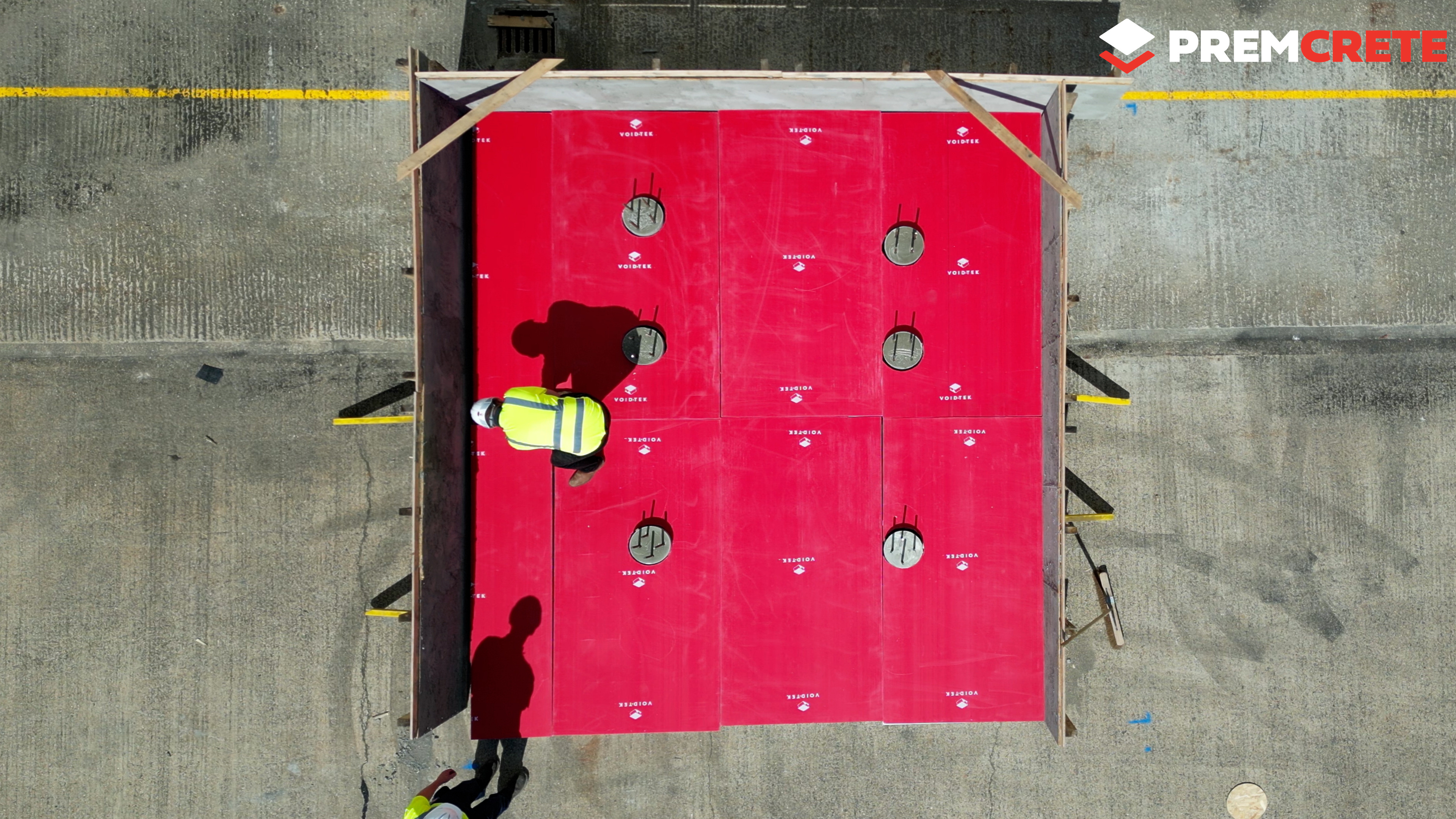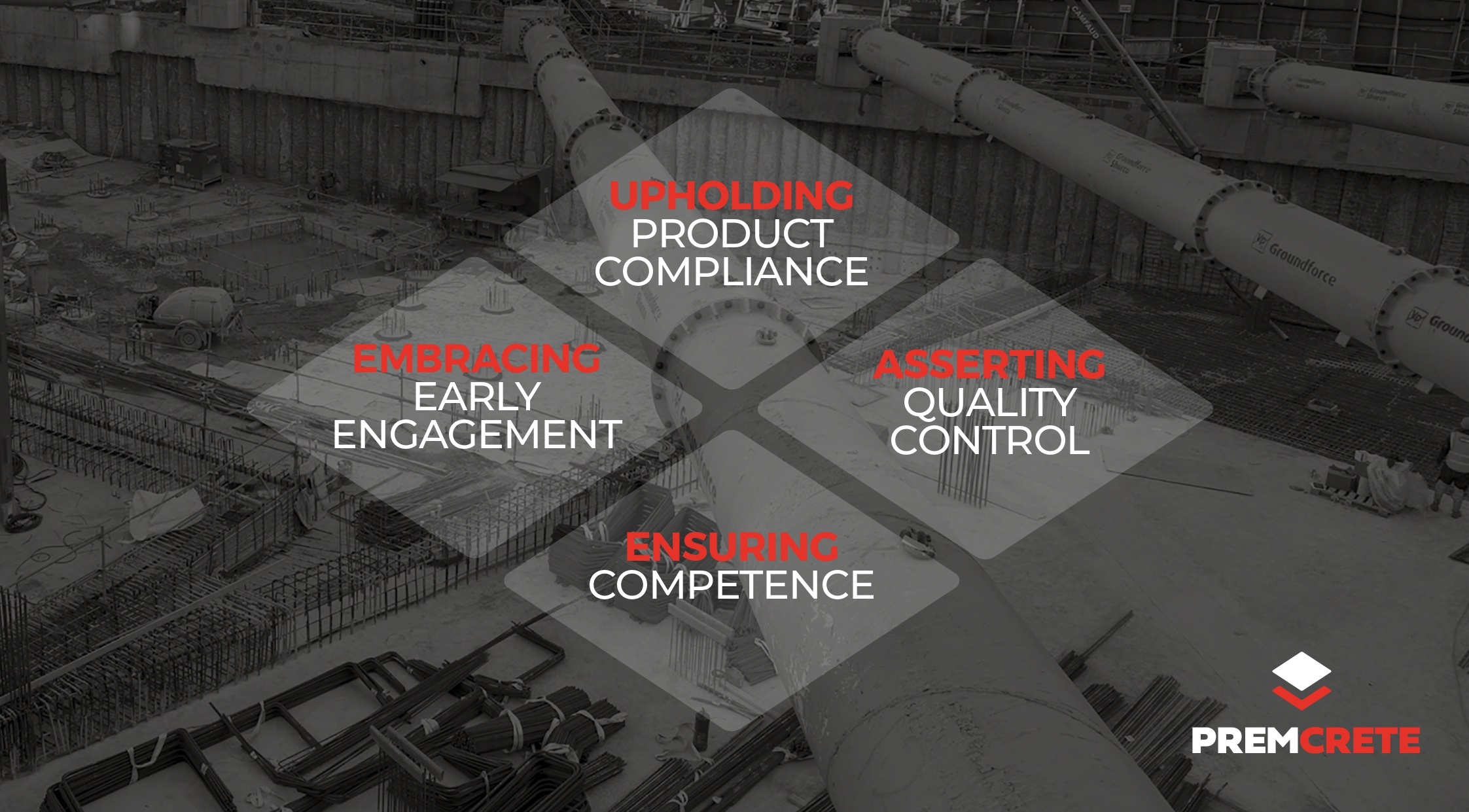The Building Safety Act (BSA) has ushered in a new era of responsibility in the UK construction industry, where compliance and safety are no longer just regulatory requirements but integral parts of the construction process. For those working in substructure protection, this legislation demands not only adherence to standards but also a proactive approach to ensuring that all products used in construction are safe and reliable. So, how is Premcrete aligning with these new expectations, and why should it matter to you?
The BSA draws heavily on recommendations from key reports like Dame Judith Hackitt’s “Building a Safer Future” and the “Independent Review of the Construction Product Testing Regime” by Paul Morrell and Anneliese Day. These reports highlighted the complexity and, at times, the inadequacy of the existing product testing and regulatory framework. At Premcrete, we have taken these findings to heart, ensuring that our products not only comply with the current standards but are also future proofed against potential regulatory changes.
Understanding the Scope of the Building Safety Act
The BSA has broadened the definition of construction products, although the term itself is not explicitly defined within the Act. Instead, it references other critical regulations, including the Construction Products Regulations 1991 and Regulation (EU) No. 305/2011, which outline that any product intended to be permanently incorporated into construction works falls under this regime. This includes products that influence the performance of the construction work in relation to the basic safety requirements.
But what does this mean for construction product manufacturers? The Act defines construction products exactly as under Regulation (EU) No. 305/2011:
“Any product or kit which is produced and placed on the market for incorporation in a permanent manner in construction works or parts thereof and the performance of which has an effect on the performance of the construction works with respect to the basic requirements for construction work.”
This definition underscores the responsibility of manufacturers to ensure that their products not only meet regulatory requirements but also enhance the overall safety and performance of the construction works they are part of. For Premcrete, this is a commitment we take seriously, ensuring that our products are not just compliant but also integral to the safety and integrity of the projects they are used in.

How Premcrete Ensures Compliance with the Building Safety Act
Thorough Third-Party Testing and Certification:
One of the core tenets of the BSA is that construction products must be safe and fit for purpose before being placed on the UK market. Premcrete takes this responsibility seriously. Our products undergo stringent third party testing at UKAS accredited testing houses, in line with the most rigorous standards.
Compliance with Agrément certification;
A further layer of compliance is required for our core products and systems in order to gain Agrément certification in the form of a BDA (Building Documentation and Advisory centre) or BBA (British Board of Agrément) certificate.
Agréments most commonly a BBA or BDA, is recognised by architects, specifiers, engineers and Building Control personnel, and give suppliers and purchasers the confidence that their products are suitable for their intended use and fit for purpose. Agrément, when literally translated, means ‘approval’
The Agrément® process considers the following;
• European product standards, National standards, and relevant codes of practice and test reports
• Independently verified product characteristics
• Factory production control
• Annual verification procedures
• Points of attention for the specifier and specific details
• Installation procedure
• Compliance with Building Regulations and any other required standards
• Boundaries of use (restriction to geographical scope)
• Validity
Compliance with the British standards;
Our Structural waterproofing systems, designed in accordance with BS8102:2022, provide a comprehensive barrier against water ingress. This is critical because water damage is one of the leading causes of structural failure in substructures.
Compliance with BS8485:2015+A1:2019 ensures that our gas protection systems are designed correctly and shield structures from harmful gases such as carbon dioxide, radon, methane, and VOCs. The BSA’s emphasis on safety-critical products underscores the importance of these protections.
Our VOID-TEK system is designed to mitigate the effects of ground heave, which can cause significant damage to concrete structures. This product is particularly relevant in areas with clay-rich soils, where ground movement is a common issue.

It is important to consider the design of Waterproofing, Gas protection and Heave protection holistically, rather than independently. A waterproofing design strategy cannot be completed until we have identified whether a gas risk is or isn’t present, and if there is ground heave present this can also affect the positioning of membranes.
“Our products are not just compliant but integral to the safety and integrity of the projects they are used in”

Compliance with CSSW certification
The CSSW certification (Certified Surveyor of Structural Waterproofing) is a nationally recognised professional qualification for individuals involved in diagnosing defects connected to water entering structures below ground level and who recommend design solutions. It is the ‘benchmark’ for professionals specialising in the structural waterproofing industry, and the involvement of a CSSW design specialist is insisted upon by all major building warranty providers.
At Premcrete, we will have at least 8 individuals who have obtained the CSSW qualification by the end of 2024, who are found within our design team, specification teams, and of course the Premcrete Academy. As one of the market leading manufacturers and suppliers, working on multiple large basement construction projects simultaneously, it is our firm belief that there should be a proportionate amount of CSSW qualified personnel within the company. This not only ensures that the best attention is being given to projects, but also that there is a culture of compliance, and competence throughout the team.
Why Transparent Communication is Essential
As noted in these industry reports, there has been significant criticism regarding the clarity and consistency of product information across the construction industry. The BSA aims to rectify this by requiring manufacturers to provide clear, accessible, and accurate documentation for all construction products.
Premcrete has responded by overhauling our product information management. We ensure that every product is supported by comprehensive technical datasheets (TDS) and Material Safety Data Sheets (MSDS) , which are readily available on our website, through our NBS profile, and via our social media channels. Our Premcrete Academy page is another resource, offering detailed information and training to ensure that our customers are fully informed and confident in the products they select.

In Conclusion
Conclusion: Building Compliance into Every Project
The Building Safety Act represents a seismic shift in how the construction industry approaches product safety and compliance. At Premcrete, we see this as an opportunity to reinforce our commitment to quality and safety in every aspect of our work. By aligning our products with the stringent industry requirements as recommended by BSA, and staying ahead of industry recommendations, we ensure that our customers not only meet regulatory requirements but also contribute to a safer built environment.
By choosing Premcrete, you’re not just ensuring compliance—you’re investing in a safer, more reliable future for your projects. For more information on how our products can help you meet the demands of the Building Safety Act, visit our website or connect with us on LinkedIn.
Futureproofing your substructure isn’t just a promise—it’s our guarantee.

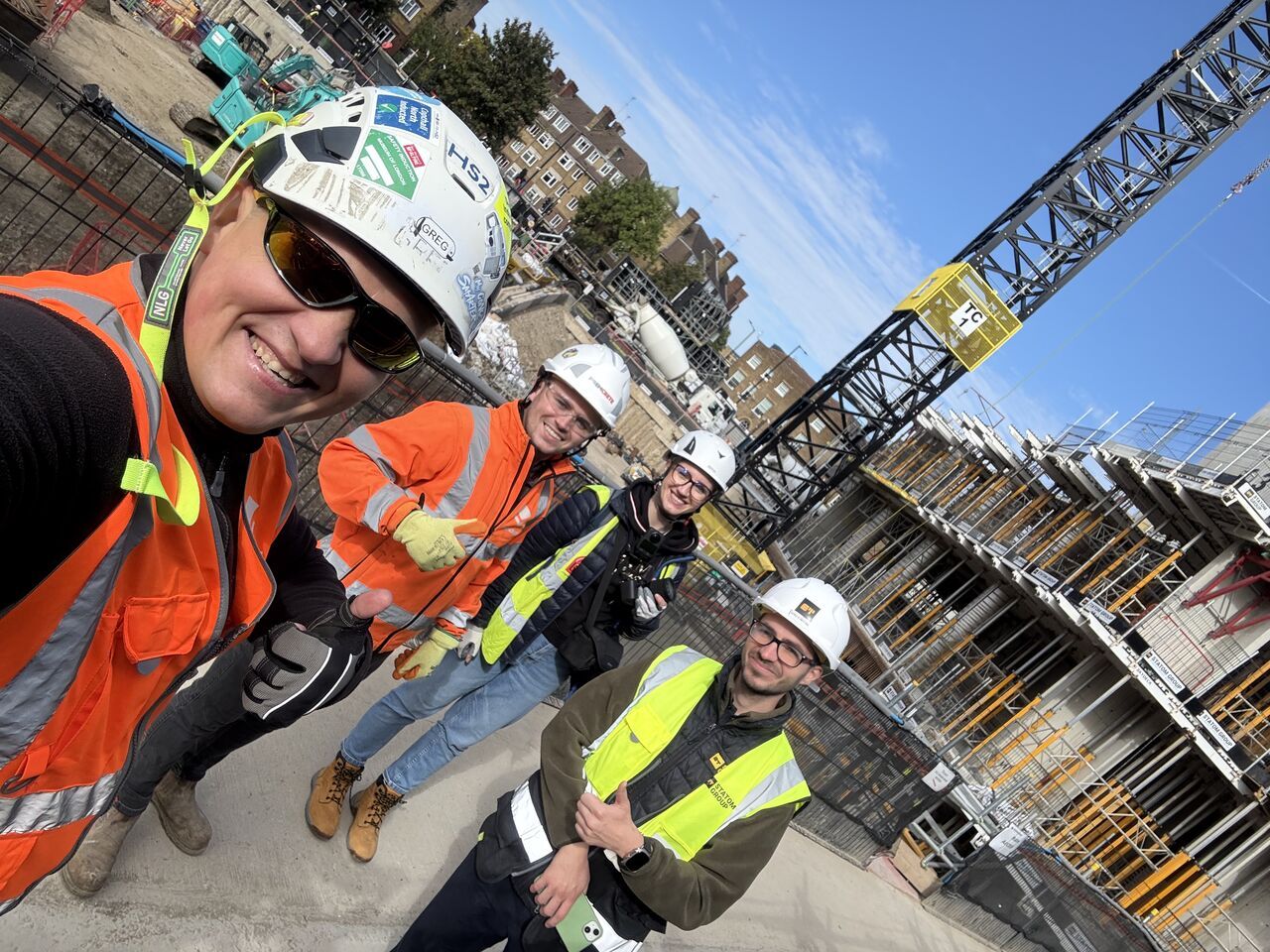


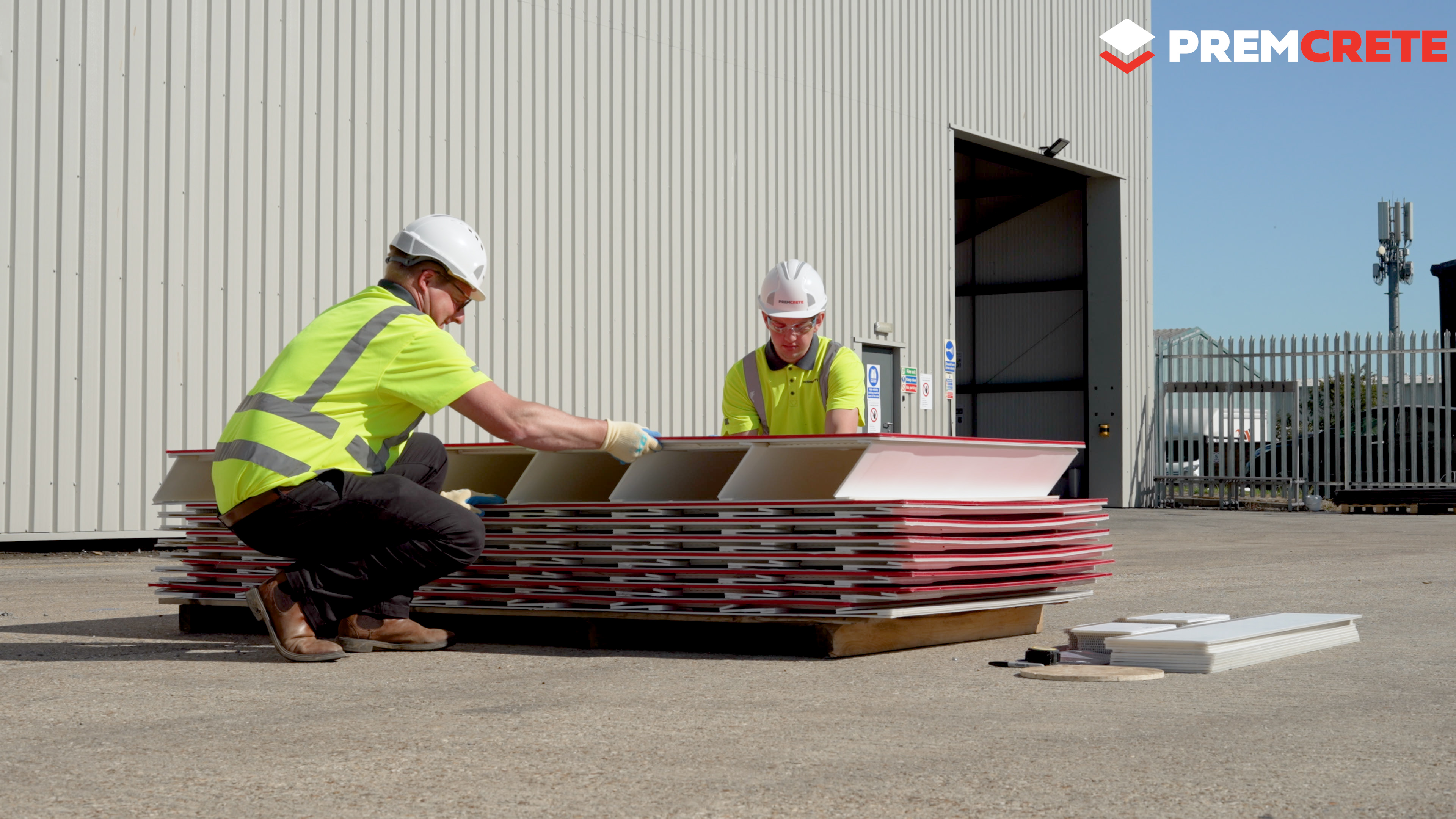

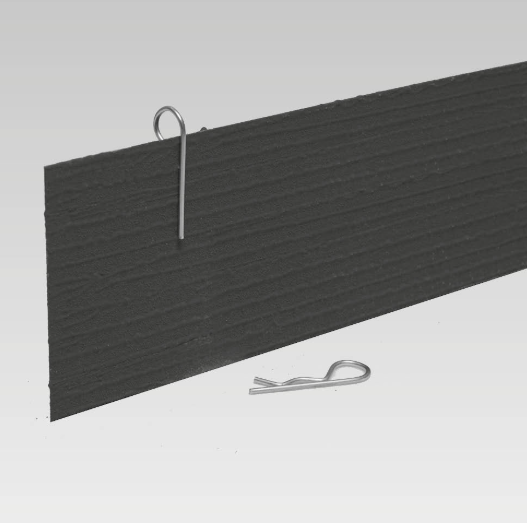
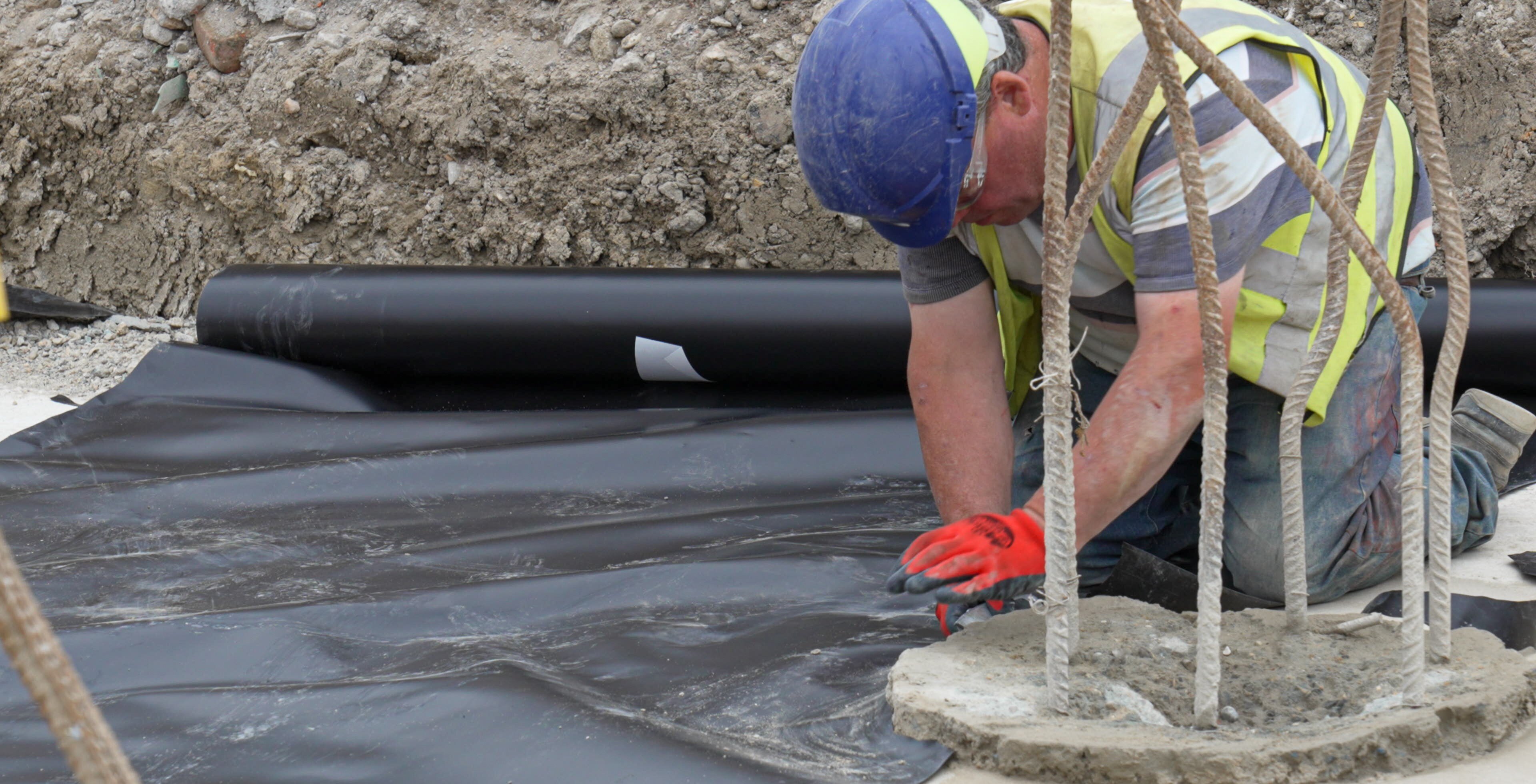
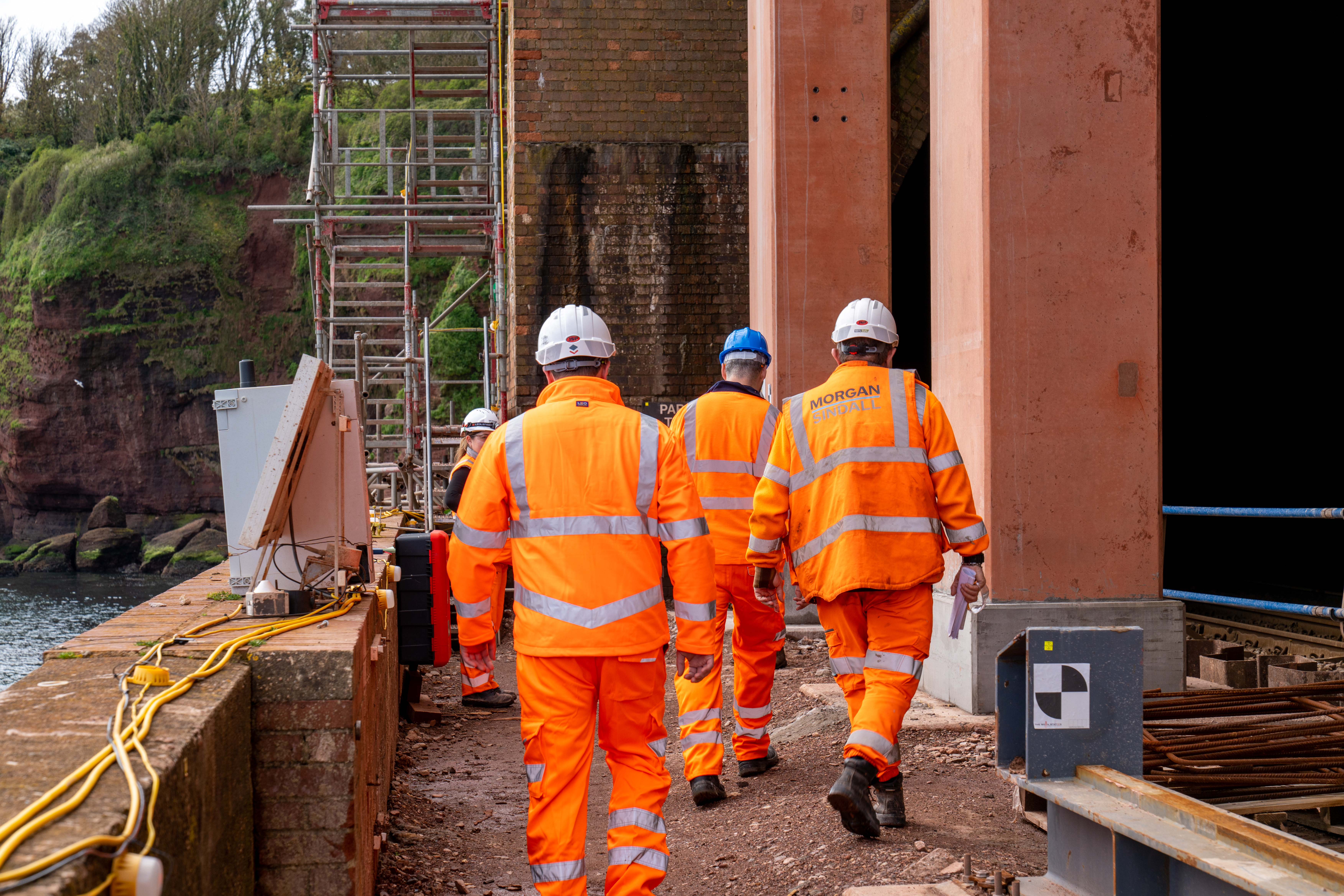



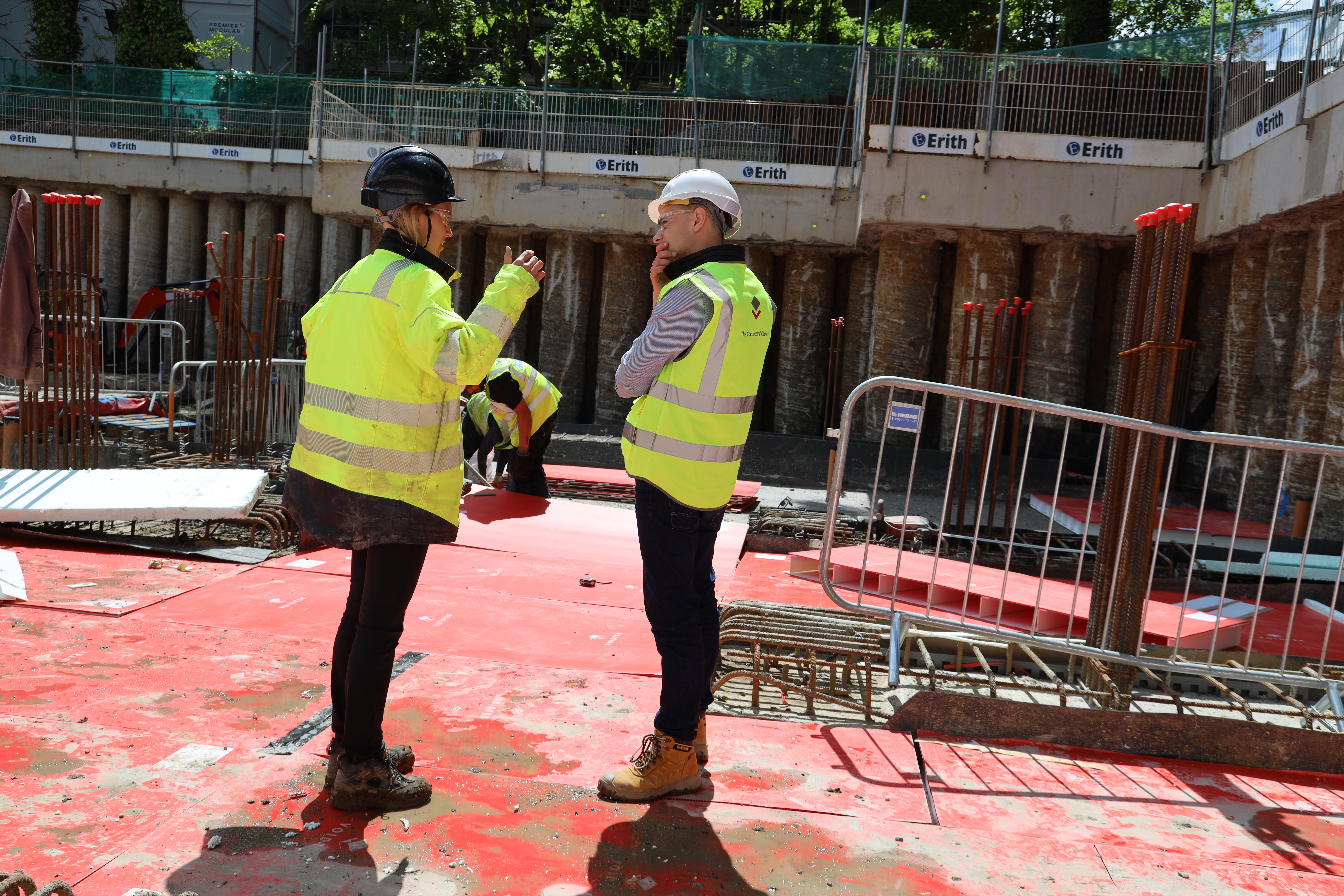
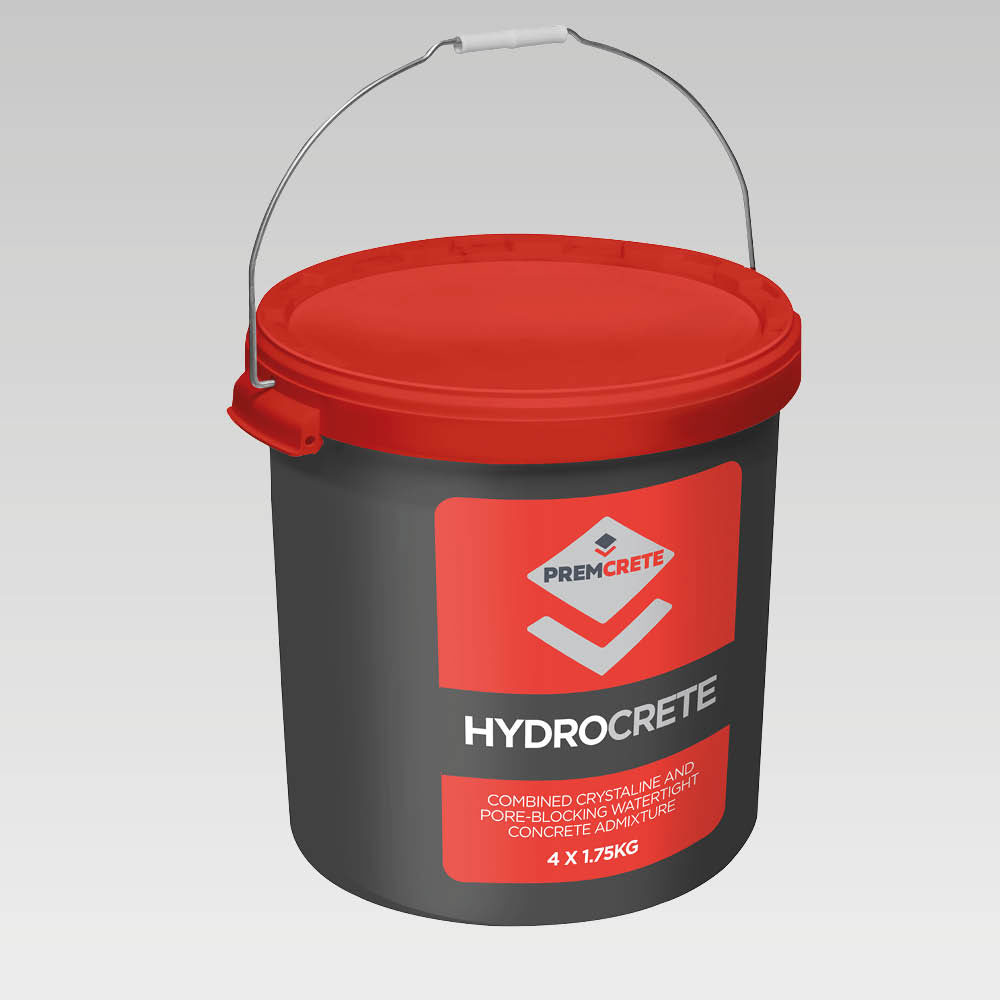
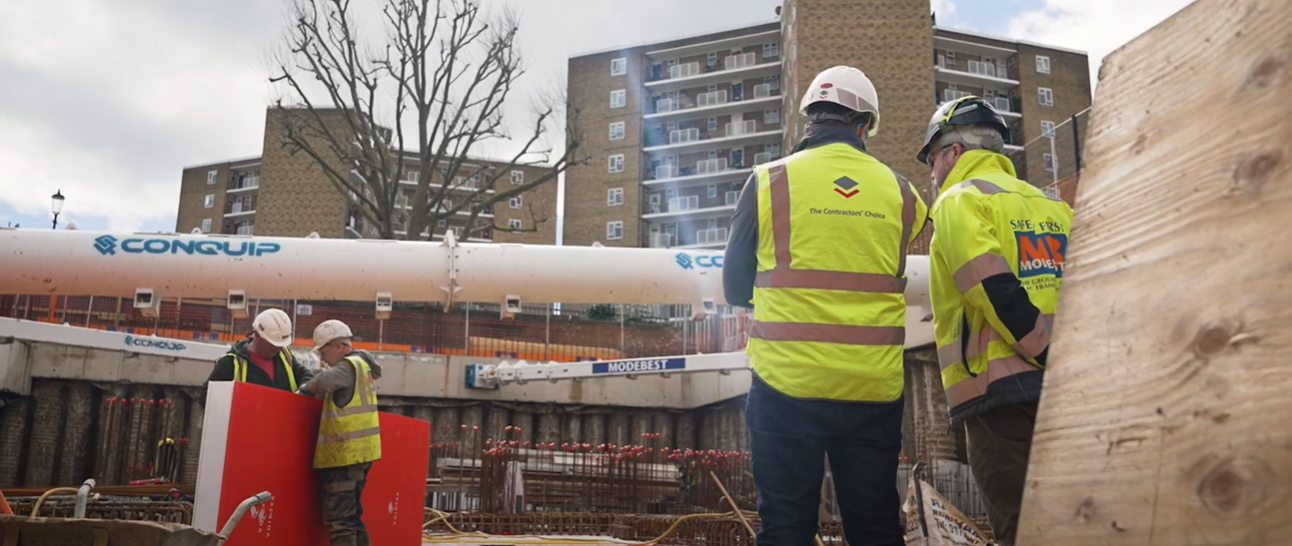
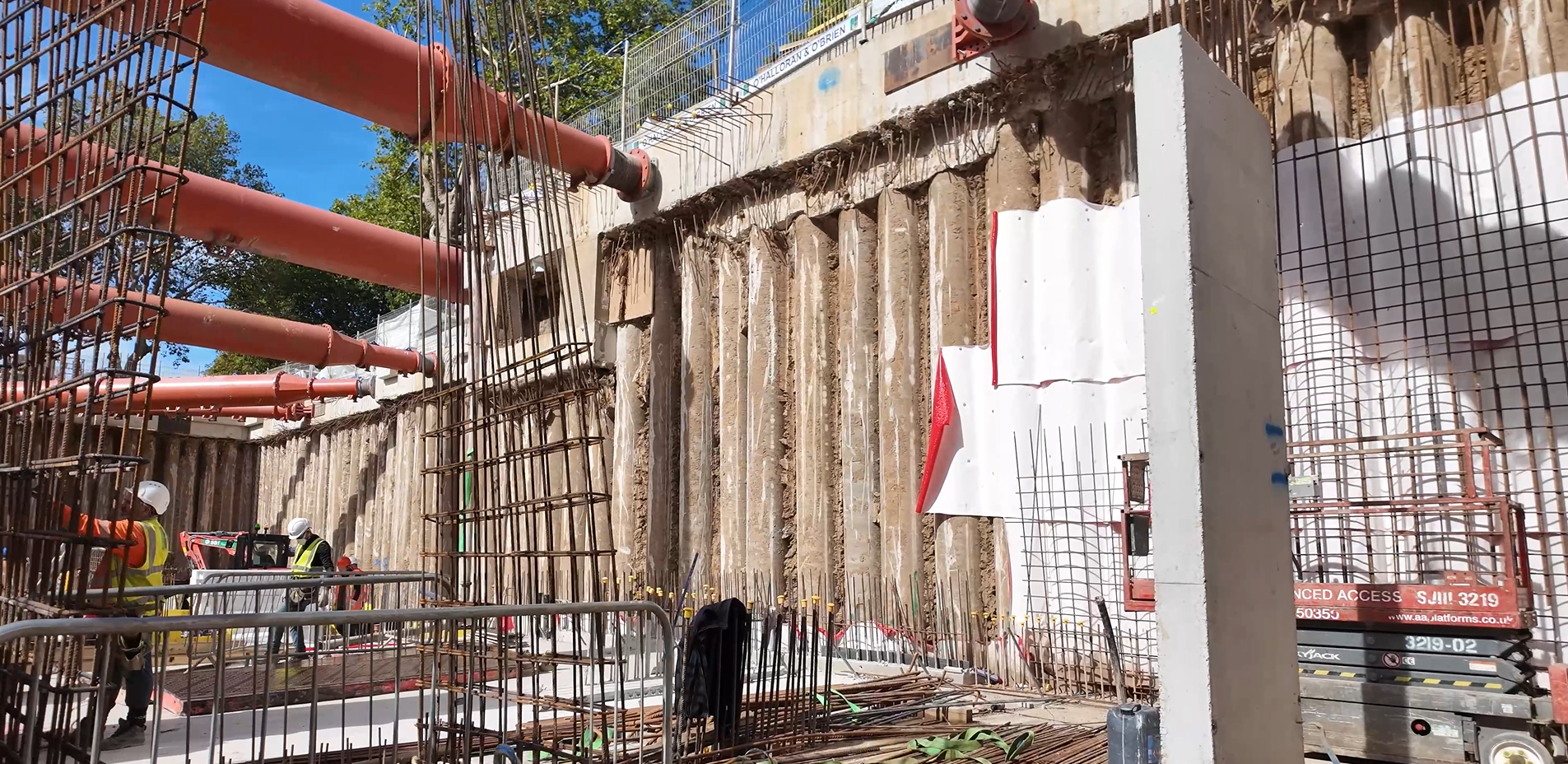
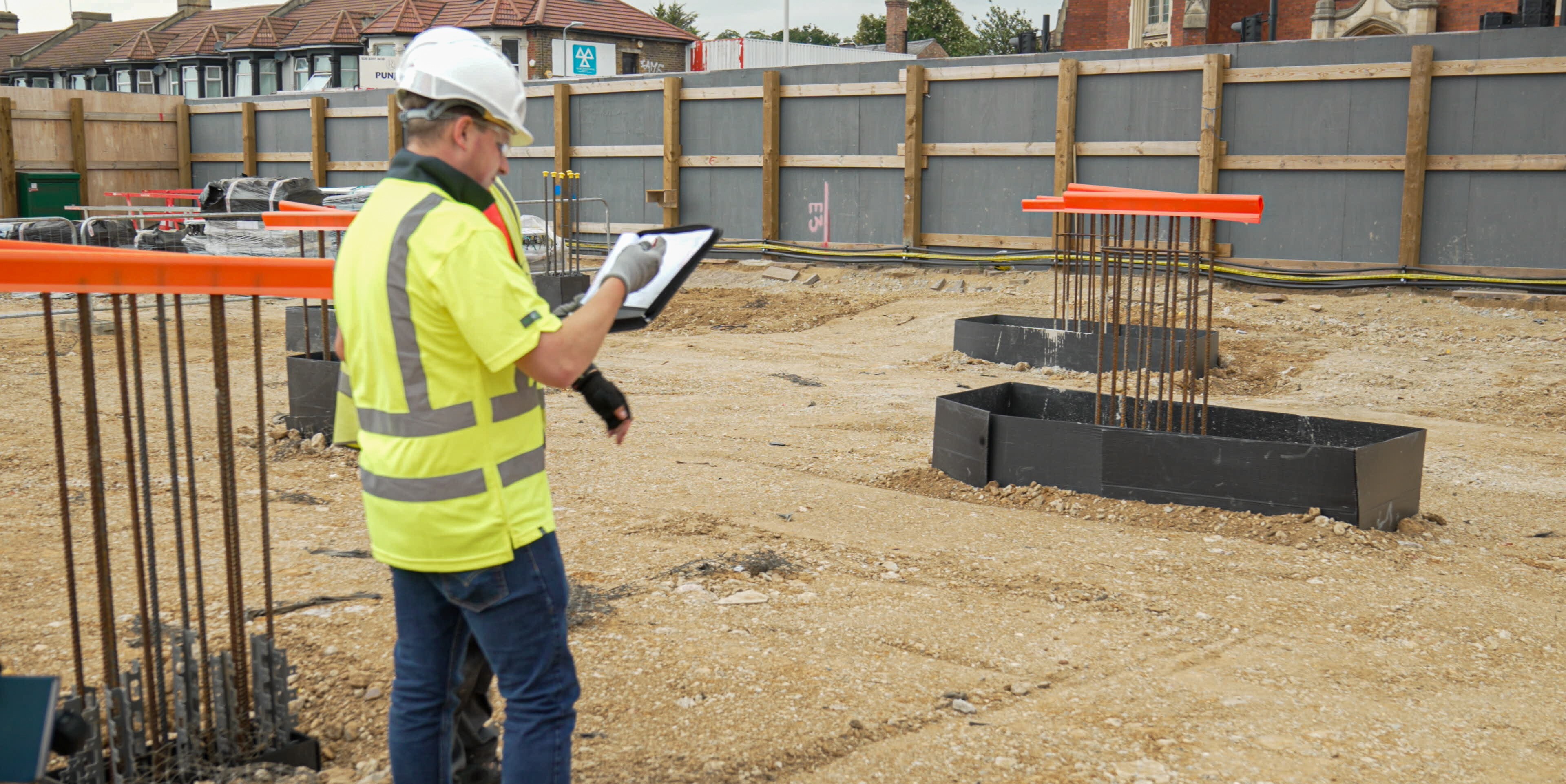
-1.jpg)
